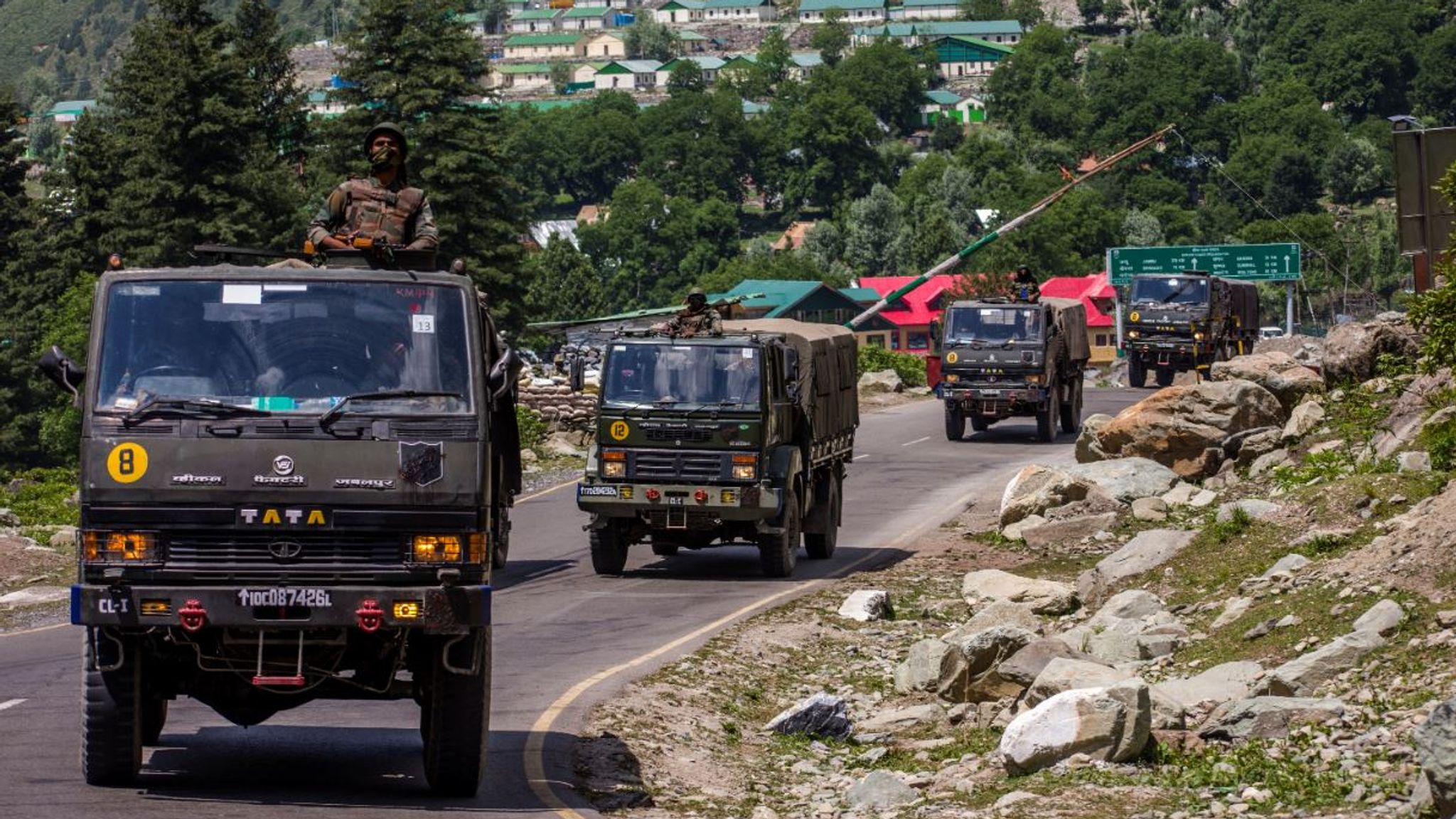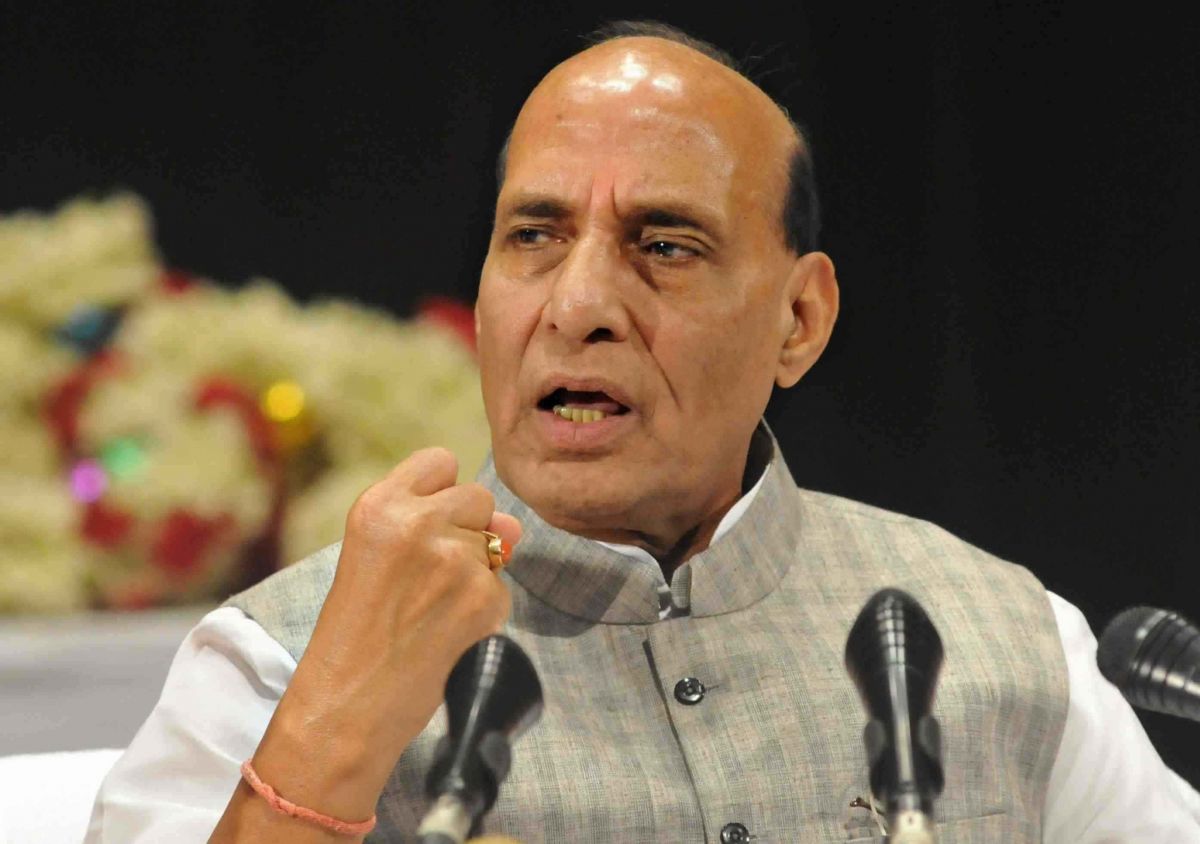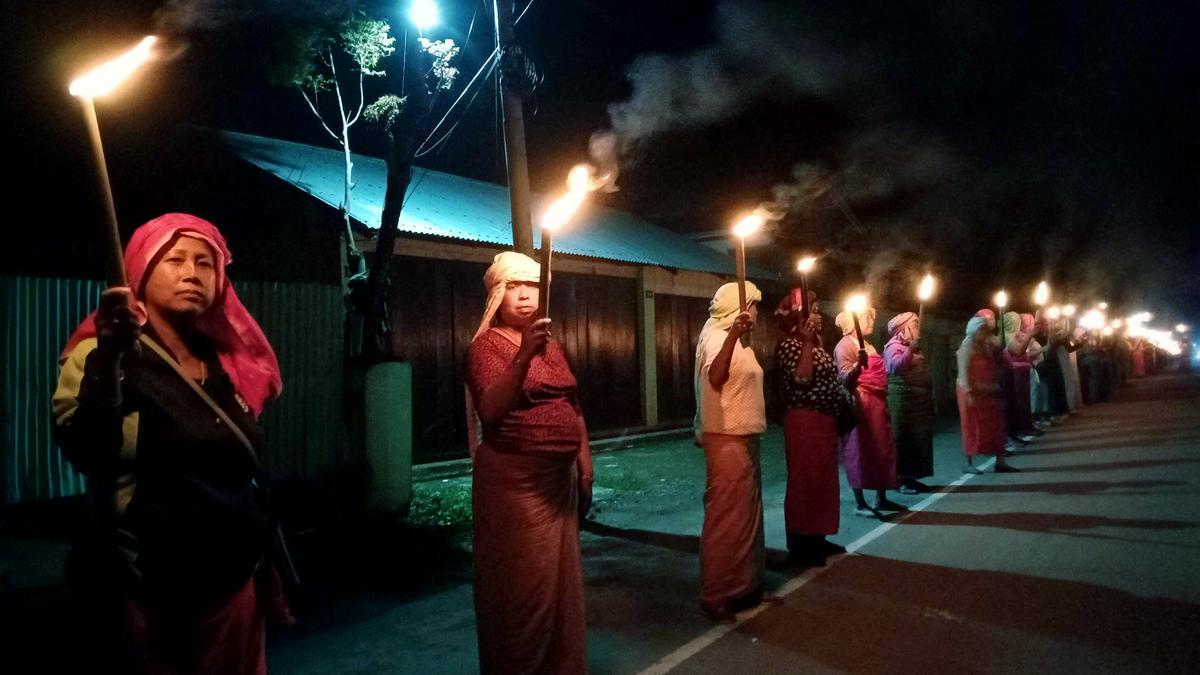Intractable border disputes between China and India over the strategically significant Aksai Chin area have dogged their bilateral relations for many years. Aksai Chin, a high-altitude plateau with a surface area of around 37,000 square kilometres, is found in the western Himalayas. Due to its close proximity to important commerce routes and military targets, this region is of utmost strategic importance. The political dynamics in the area have been shaped by the Aksai Chin conflict, which dates back to the early 20th century and has led to multiple military standoffs.
China is back to its old, sinister ways. Otherwise, there is no explanation for why stapled visas were granted to Nyeman Wangsu, Onilu Tega, and Mepung Lamgu, three Indian Wushu athletes from Arunachal Pradesh. The Indian Wushu squad was scheduled to fly to Chengdu on Friday to compete in the World University Games. The problem with the stapled visas is indicative of China’s war exercises and its claim to the crucial Indian territory of Arunachal Pradesh.
As the leader of the Chinese Communist Party (CCP) and the head of a significant military commission, Xi Jinping, who is serving his third term in office, appears to have written and controlled the most recent incident. On a day when three big events were announced, the most significant Chinese claim on Arunachal Pradesh, made indirectly through stapled visas, occurred.
On the day that Prime Minister Narendra Modi and Chinese President Xi Jinping spoke on the phone to promote border tranquilly, the dichotomy in Chinese military checks came to light. Since their brief casual meeting in Bali last year when attending the G20 summit at the president of Indonesia’s request, this is the first documented chat between the two leaders.
There hasn’t been any interaction between heads of state since the Chinese misadventure in the Galwan Valley, and Jinping was preoccupied with securing a third term as president and “purging” the party of his political competitors and policy opponents.
On the same day that news broke of the two leaders’ discussions regarding a military stalemate in Eastern Ladakh from April to May 2020, “stapled visas” also grabbed headlines.
The reports of the People’s Liberation Army’s (PLA) increased build-up from Eastern Ladakh to the frontiers of Arunachal Pradesh over the past several weeks are what have given the “stapled visa” problem greater relevance.
The 19 rounds of Corps Commander-level negotiations between the Chinese and Indian sides have not produced any outcomes or made the aggressive Communist leadership in China, which oppresses its own people with an iron hand, any more sensitive.
One gets the impression that China is steadfastly refusing to withdraw from the vital Depsang Plains and Charding Ninglung Nullah (CNN) track junction in Eastern Ladakh. On the other side, sources indicate that bunkers, posts, artillery positions, surface-to-air missile systems, radar locations, and ammunition storage have continued to be erected. The construction of new helipads, highways, dual-use towns, and last-mile connections has also increased across the border, contributing to the perception that political conversations may “not yield” outcomes on the ground but that discussions must still take place.
The event with the stapled visas is considered more of a step in China’s big expansionist strategy and communist vision to take other countries’ land, disregarding international conventions, pacts, and gentlemen’s agreements to not shift the goalposts on the ground.
Only by decisively retaking “Aksai Chin” can this psychological warfare be put to a stop. The majority of it is under Chinese control, which took control of the territory in the 1950s and solidified its military hold on it during the 1962 India-China conflict. A few years after the Indian Constitution, which covered Ladakh and the entirety of Jammu and Kashmir, was enacted in 1950, China announced its claim to Aksai Chin. Up until the Chinese claim that led to its capture in the 1950s, Aksai Chin was a part of Ladakh. In fact, Aksai Chin was not even depicted on a Chinese map until the 1920s. Additionally, a map of Sinkiang (Xinjiang) from the 1930s depicted the Kunlun (the mountains) as the traditional boundary rather than the Karakoram (range).
The ‘wolf warrior’ diplomacy concept has moulded Chinese posturing and war games, which are basically unsustainable in any bilateral interaction. Beijing will need to understand that making up stories, acting like a wolf warrior, and using physical, aerial, and maritime aggressiveness may not be the best ways to establish itself as a leader.
In actuality, Qin Gang, who served as Xi’s closest assistant before being appointed a state councillor, was regarded as the creator of the wolf warrior diplomacy philosophy, which the Chinese Communist Party eventually accepted as one of its guiding principles in dealing with the rest of the world. Even if there is no sign of the missing Qin Gang, Wang Yi returning to his post as the senior Chinese diplomat and foreign minister might not help to put things right.
A difficult balancing act of historical comprehension, diplomatic diplomacy, and mutual compromise is needed to settle the Aksai Chin issue. The procedure is difficult, though, because China and India both have strong patriotic feelings related to their territorial claims.
Even though the chances for a thorough resolution are remote, efforts to keep the border calm through diplomatic channels and confidence-boosting measures should continue. Track-II diplomacy, which involves non-governmental professionals and academics from both countries, may be quite effective in promoting understanding and closing gaps.
The dispute between India and China over Aksai Chin continues to be a sensitive and challenging matter in their bilateral ties. The historical, geographical, and strategic roots of the territorial issue call for cautious treatment and steadfast diplomatic involvement. In the end, the settlement of the Aksai Chin conflict has the potential to increase regional stability, harmony, and economic success. Both countries can only expect to find a durable and peaceful resolution to this protracted territorial dispute through conversation, goodwill, and practical diplomacy. Great world powers are characterised by their openness, adaptability, and clarity of thinking and attitude. China has a long way to go before it can get past the dubious history, exaggerated claims, and tedium that the communist system is infamous for.








